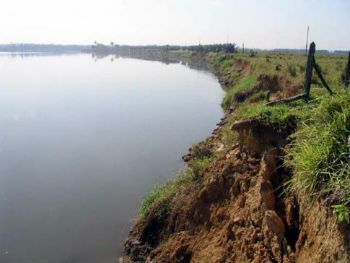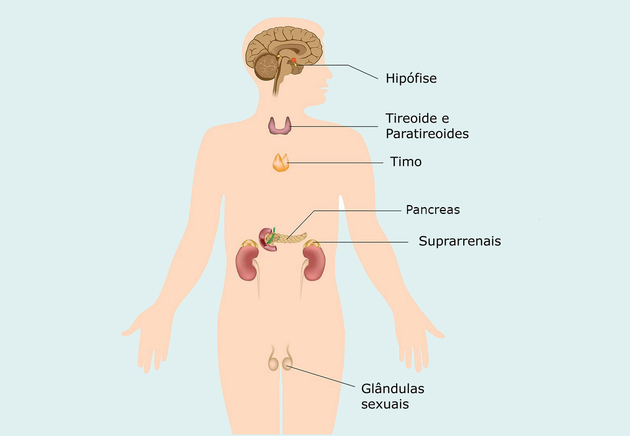At riparian woods (or forests) it is a type of vegetation that surrounds water courses (rivers, lakes, streams, streams, etc.). It receives this name because it is associated with eyelashes, which protect our eyes.
It has great importance for the balance of the ecosystem, preventing the siltation of rivers, as well as the river erosion, as they help in the process of moistening the soil, balancing water flows and nutrients.
 Example of Riparian Forest
Example of Riparian Forest
Difference between Riparian Woods and Galleries Woods
It is very common for there to be confusion between the names riparian forests and gallery forests, since the two types of vegetation cover are located in drainage areas, that is, where there are courses of Water.
Called riparian vegetation, both act as a kind of filter, preserving and helping water quality.
However, riparian forests do not form a tunnel (or galleries), like gallery forests, which even cover the watercourse.
 Gallery Forest Example
Gallery Forest Example
In addition, the vegetation that makes up the riparian forests is composed of trees that lose their leaves in certain time of year (deciduous), while in gallery forests (evergreen) this does not occurs.
The Importance of Riparian Forests
Riparian forests are essential for the balance of ecosystems, especially aquatic ones. Since they form on the banks of rivers, they protect the space from erosion, caused by rain, and above all from river siltation. This is because plant roots in the soil prevent it from being unprotected.
Destruction of Riparian Forests
The destruction or removal of riparian forests has been a major environmental problem in recent years. decades, which occur mostly by human actions (urbanization, agriculture, creation of animals, etc.).
The removal of riparian forests reduces the course of rivers and lakes caused by erosion, which consequently leads to the silting process.
 Example of Erosion of Sites with Riparian Forest
Example of Erosion of Sites with Riparian Forest
This is because the rivers are unprotected and, with the rain, several sediments drain to the bottom of the waters. In addition to the depth being affected, preventing navigation, the width of the watercourse is also decreasing, which can lead to the disappearance of the river.
This process affects the aquatic ecosystem leading to the death of aquatic beings and, in the worst case, extinguishing some species. In addition to aquatic beings, the birds and mammals that feed and inhabit these places can suffer from deforestation.
In Brazil, riparian forests are areas of permanent preservation (APP) and their destruction is considered an environmental crime.
To complement your research see also the articles:
- Logging
- Sedimentation of Rivers
- Erosion



